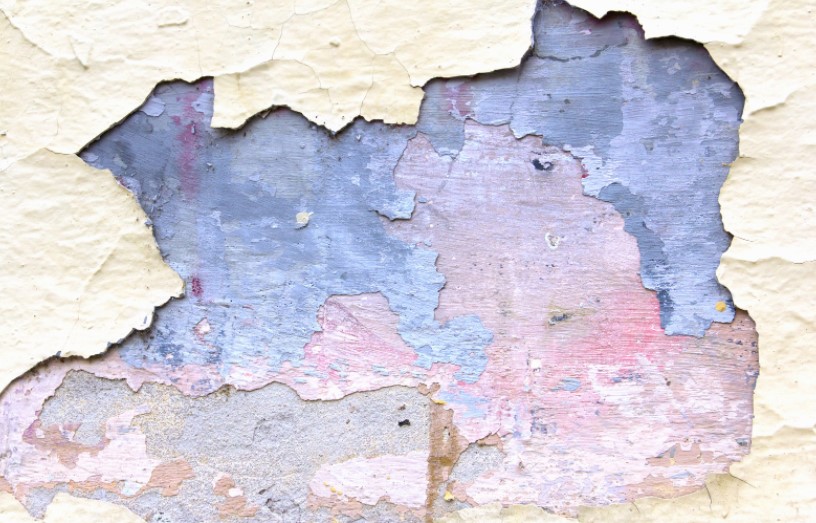With Venetian plaster being more popular than ever, there are a few things that you may not know about how to maintain this type of plaster properly. They are slightly different from regular plaster, and if you ignore this, your Venetian plaster will begin to peel away.
Venetian plasters have been used for many years now. Their popularity has risen over the past few years because of how attractive they look on walls and ceilings. They can be made to look like marble, wood, bricks, and many other things.
What is Venetian plaster?
Venetian plaster is a type of stucco made from sand, marble dust, and lime. This type of decoration has been used to add beauty to buildings for many years.
Why do you need to maintain my Venetian Plaster?
You should be certain that you maintain your Venetian plaster if it is on your walls or ceiling. If you do not maintain it, the look you are trying to achieve will peel away.
If your Venetian plaster begins to chip and flake, this means that there is too much moisture in the air. It is usually caused by humidity or a lack of proper ventilation in the room that the Venetian plaster is located in.
There are ways to prevent moisture from causing your Venetian plaster to peel and flake away: Ventilation: Make sure that plenty of fresh air is coming into the room with your Venetian plaster.
If you cannot do this, then a dehumidifier may be needed. It is best to use one that has a timed humidity gauge on it so that your air and room can be properly dehumidified.
Below are useful tips when it comes to maintaining Venetian plaster:
1. Keep It Dry
All plaster, including Venetian plaster, needs to be kept as dry as possible. If it gets wet or stays wet for a long time, it will deteriorate. It includes the base coat and the finish coat of Venetian plaster.
2. Keep It Clean
Keeping your Venetian plaster clean is another simple way to maintain it. It means sweeping and dusting your Venetian plaster as needed. If you want, you can use a soft rag and some warm water, and mild soap for this purpose. You do not need any harsh chemicals or cleaners on these materials unless they are specifically instructed on the product label.
3. Keep It Ventilated
Another key tip is to keep your Venetian plaster as ventilated as possible. If the area is not well-ventilated, then it may become damp and cause the Venetian plaster to peel away after some time. It can be from condensation from cooking or showers, for example.
4. Keep It Warm
Another important tip is to make sure that your Venetian plaster is kept warm. It means making sure the room or space temperature stays above 50 degrees Fahrenheit (10 Celsius). If it gets too cold, the Venetian plaster may develop a powdery white substance known as efflorescence. To remove this substance, you will need to strip the Venetian plaster and re-apply it.
5. Use A Sealer
Using a sealer is always a good idea with any plaster as it helps protect against moisture and stains from things such as spaghetti sauce or red wine, for example. If you have some residual efflorescence, you can apply a sealer first and then strip it with water before re-applying the Venetian plaster.
Venetian plasters are beautiful to look at and very popular, but they do need more upkeep than regular plaster. If you keep the above tips in mind when caring for your Venetian plaster, it will stay in great shape, and you can enjoy looking at it for many years to come.

